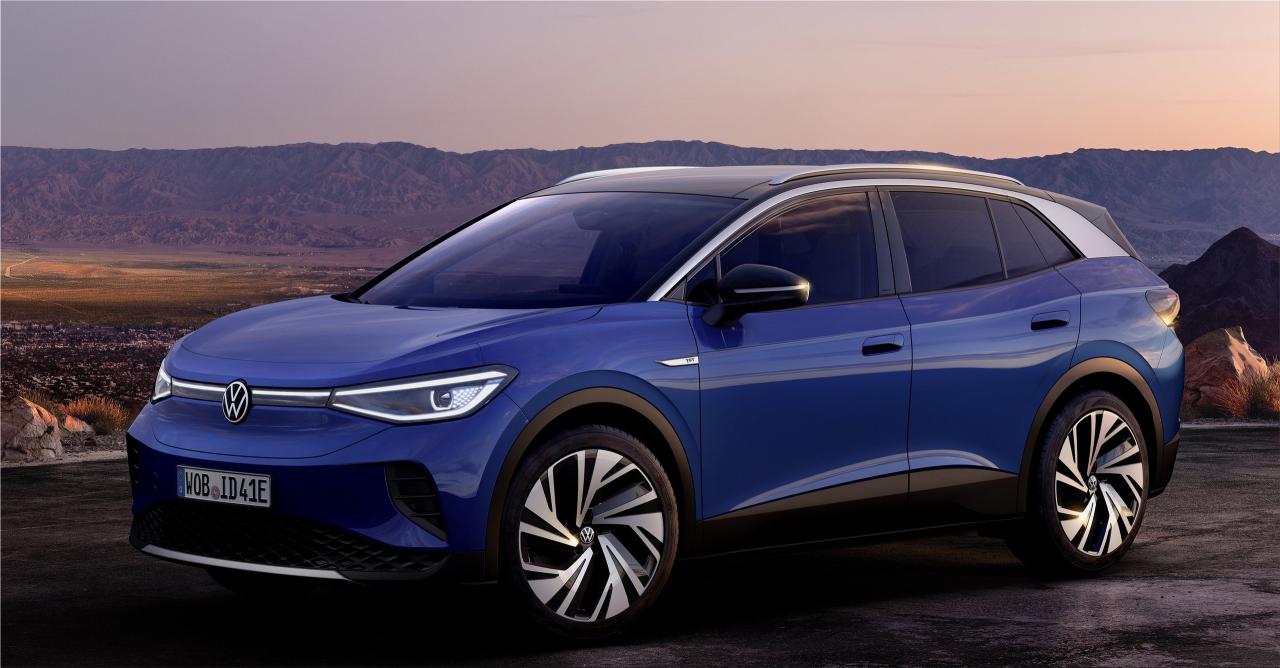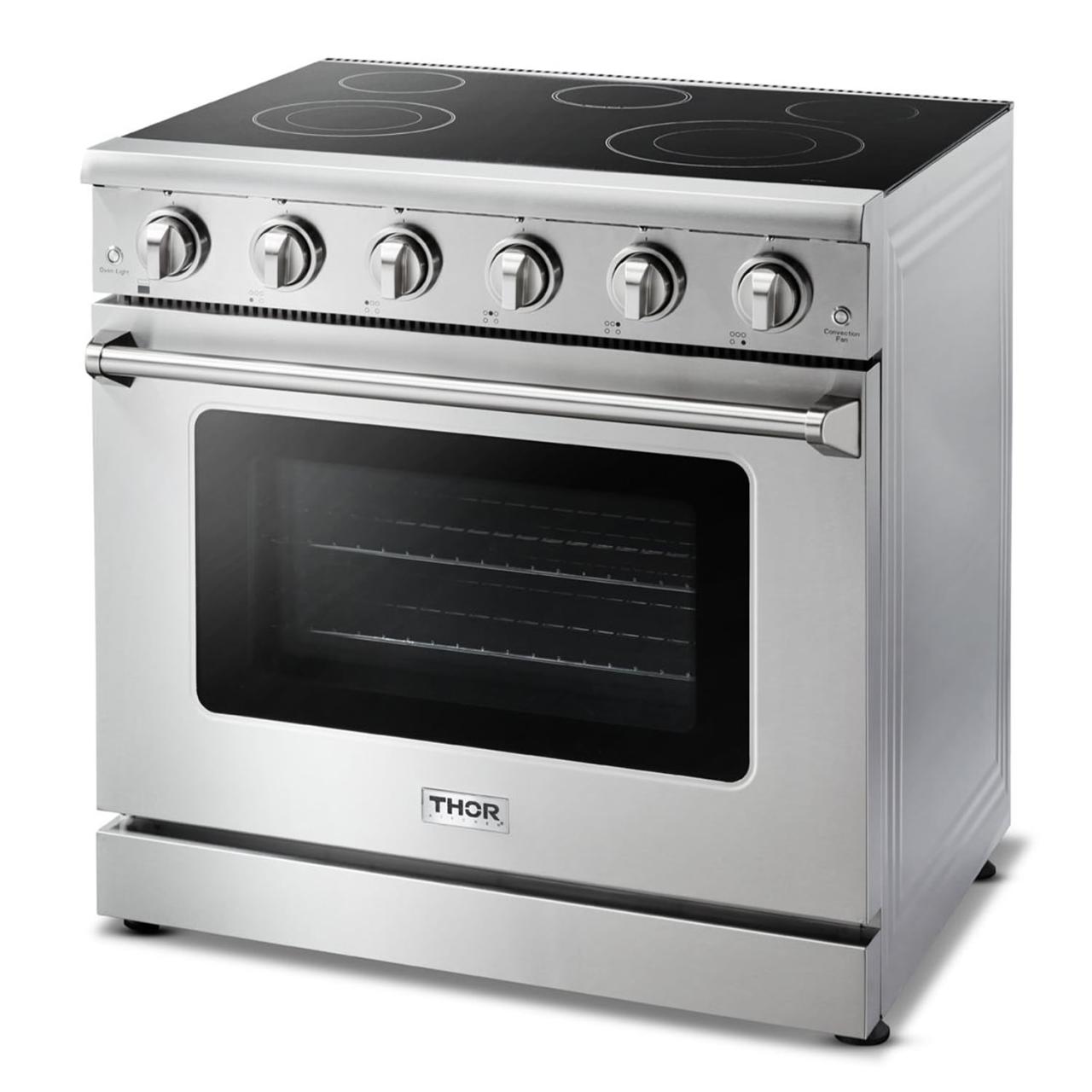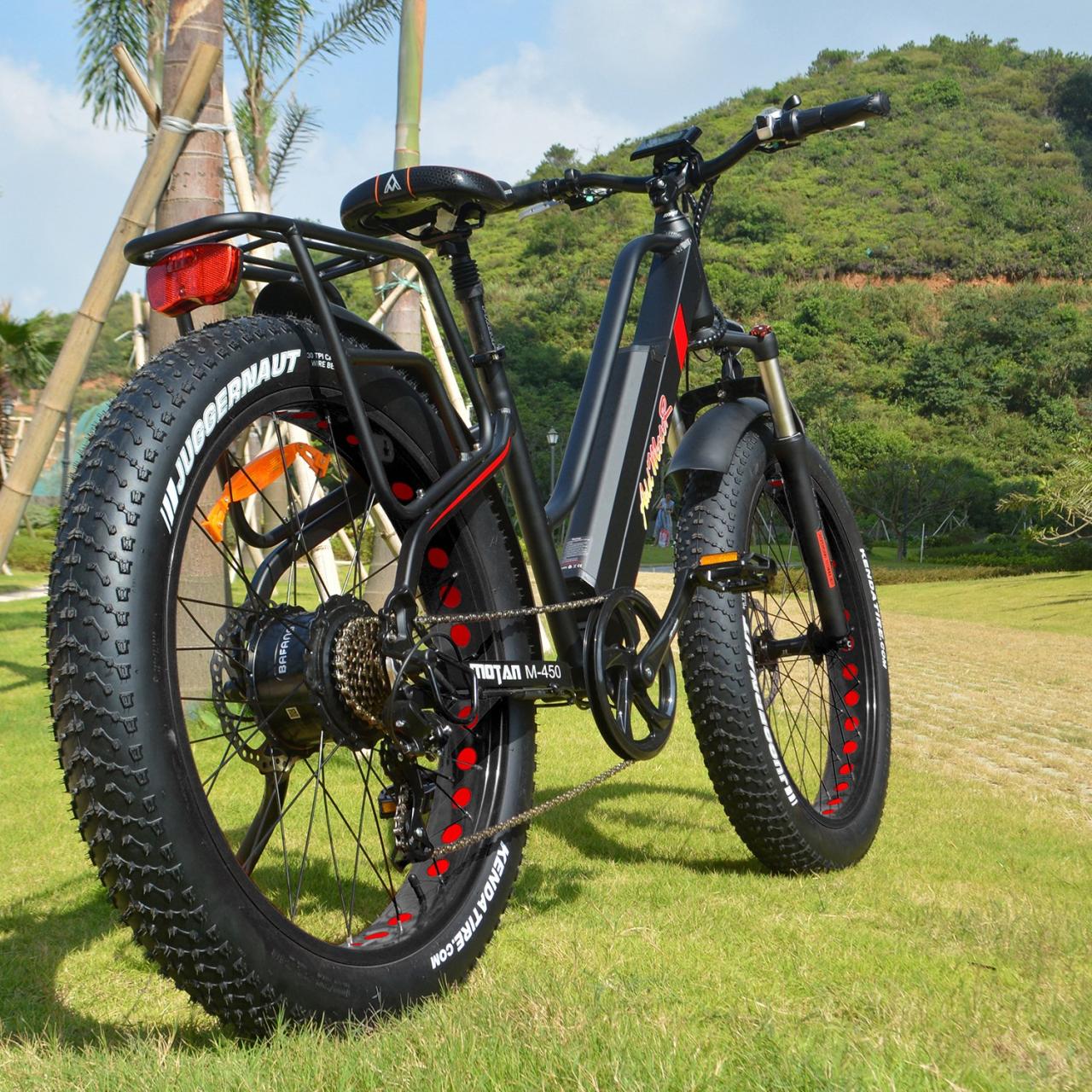Navigating the World of Insurance for Students: A Comprehensive Guide
The journey to higher education is often filled with excitement and anticipation, but it can also come with its share of financial complexities. One crucial aspect that students often overlook is insurance. From safeguarding against unexpected medical bills to protecting personal belongings, insurance plays a vital role in ensuring a smooth and secure academic experience. This comprehensive guide delves into the multifaceted world of insurance for students, exploring the different types of policies available, the benefits they offer, and the factors to consider when choosing the right coverage. We’ll also provide practical tips on managing insurance costs, understanding common claims, and navigating the unique insurance needs of international students and those with pre-existing conditions. Types of Insurance for Students Navigating the complexities of student life often involves managing various financial responsibilities, and securing the right insurance coverage is crucial. Understanding the different types of insurance policies available can empower students to make informed decisions that protect their well-being and financial security. Health Insurance Health insurance is arguably the most essential type of insurance for students, as it safeguards them against unexpected medical expenses. Students have several options when it comes to health insurance: Student Health Insurance Plans: Many colleges and universities offer their own student health insurance plans, which are often mandatory for enrollment. These plans typically provide comprehensive coverage, including doctor’s visits, hospital stays, and prescription drugs. The cost of these plans is usually included in tuition fees or billed separately. Individual Health Insurance Plans: Students can also purchase individual health insurance plans through the marketplace or directly from insurance companies. These plans offer flexibility in terms of coverage and cost, but they can be more expensive than student health insurance plans. Parent’s Health Insurance: Students may be eligible to be covered under their parents’ health insurance plans until a certain age, usually 26. This can be a cost-effective option, especially if the student is living at home or attending college close to their parents’ residence. Renters Insurance Renters insurance provides financial protection for students living off-campus. It covers losses due to theft, fire, or other unforeseen events that damage personal property. This type of insurance is particularly important for students who have valuable possessions, such as laptops, electronics, or musical instruments. Renters insurance also provides liability coverage, which protects students from legal claims if someone is injured on their property. Liability Insurance Liability insurance is essential for students who participate in activities that pose a risk of causing harm to others or their property. This type of insurance can protect students from financial ruin if they are sued for negligence or wrongdoing. For example, students who drive cars, participate in sports, or volunteer in organizations should consider liability insurance. Travel Insurance Travel insurance is highly recommended for students who travel abroad for study or leisure. It provides financial protection against unforeseen events such as medical emergencies, flight delays, or lost luggage. Some travel insurance plans also cover cancellation fees and repatriation costs. Note: Students should carefully compare different insurance plans and choose the one that best meets their individual needs and budget. Benefits of Insurance for Students Being a student is a time of exciting growth and new experiences. However, it can also be a time of unexpected financial challenges. Accidents, illnesses, and property damage can happen to anyone, and students are not immune. Having insurance can provide crucial financial protection, allowing students to focus on their studies without the added burden of unforeseen costs. Financial Protection Against Unexpected Expenses Insurance can provide a safety net against unexpected medical expenses, property damage, and liability claims. Medical Expenses: Accidents and illnesses can happen at any time, and medical bills can be substantial. Health insurance can cover a significant portion of these costs, reducing the financial burden on students and their families. Property Damage: Students often live in apartments or dorms, where they may be responsible for their own belongings. Renters insurance can protect students against loss or damage to their possessions due to theft, fire, or natural disasters. Liability Claims: Accidents can occur, and students may be held liable for injuries or property damage caused to others. Liability insurance can provide coverage for legal expenses and settlements, protecting students from potentially devastating financial losses. Real-Life Scenarios Medical Expenses: Imagine a student who falls ill with a serious medical condition while studying abroad. Without health insurance, the medical bills could quickly spiral out of control, putting a significant strain on their finances and their family. However, with health insurance, a large portion of the medical expenses would be covered, allowing the student to focus on their recovery and studies. Property Damage: Consider a student whose laptop is stolen from their dorm room. Without renters insurance, they would be responsible for replacing the laptop out of pocket. However, with renters insurance, the cost of the replacement laptop would be covered, minimizing the financial impact of the theft. Liability Claims: Imagine a student accidentally bumps into another student, causing them to fall and injure themselves. Without liability insurance, the student could be held responsible for the injured student’s medical expenses and legal fees. Liability insurance would cover these costs, protecting the student from financial ruin. Peace of Mind Insurance provides students with peace of mind, allowing them to focus on their studies without the constant worry of unexpected financial burdens. Knowing that they have a safety net in place can help students feel more secure and confident in their ability to succeed academically and personally. Factors to Consider When Choosing Insurance Choosing the right insurance policy is crucial for students, as it can provide financial protection against unexpected events. However, navigating the insurance landscape can be overwhelming, especially for those new to the process. Understanding the key factors to consider can help students make informed decisions and select a policy that meets their specific needs and budget. Coverage Options The first step in choosing insurance is to determine the types of coverage needed. Students should consider the potential risks they face and choose a policy that provides adequate protection. For example, health insurance is essential for covering medical expenses, while renters insurance can protect against damage to personal belongings. Health Insurance: This is a crucial aspect of insurance for students, especially considering the potential for unexpected medical expenses. It covers medical costs, such as doctor visits, hospital stays, and prescription drugs. Renters Insurance: This policy protects students’ personal belongings against damage or theft. It is particularly important for students living in rented apartments or houses. Liability Insurance: This coverage protects students from financial liability in case they are involved in an accident that causes damage to another person’s property or injury. Travel Insurance: If students are planning to travel abroad, travel insurance can provide coverage for medical emergencies, trip cancellations, and lost luggage. Auto Insurance: Students who own or drive a car need to have auto insurance, which covers damages caused by accidents, theft, and other incidents. Premiums Insurance premiums are the monthly or annual payments students make to maintain their coverage. Premiums vary based on factors such as coverage options, age, location, and driving history. Students should compare quotes from different insurance providers to find the most affordable premiums that meet their needs. Compare Quotes: Obtaining quotes from multiple insurance providers is essential for finding the best deal. Online comparison websites and insurance brokers can help streamline this process. Consider Discounts: Many insurance providers offer discounts for students, such as good grades, safe driving records, and multi-policy discounts. Students should inquire about available discounts to reduce their premiums. Budgeting: Students should consider their overall budget and prioritize insurance based on their financial situation. It is crucial to ensure they can afford the premiums without straining their finances. Deductibles Deductibles are the out-of-pocket expenses students pay before their insurance coverage kicks in. A higher deductible typically results in lower premiums, while a lower deductible means higher premiums. Students should choose a deductible that balances affordability with the potential for out-of-pocket expenses. Understanding Deductibles: Students should understand the relationship between deductibles and premiums. A higher deductible means a lower premium, but also a larger out-of-pocket expense in case of a claim. Financial Capacity: Students should consider their financial capacity to cover potential deductibles. A lower deductible may be preferable if they have limited savings or anticipate frequent claims. Policy Limits Policy limits refer to the maximum amount of coverage provided by an insurance policy. Students should choose policies with sufficient limits to protect themselves from significant financial losses. For example, a health insurance policy with a low limit may not cover all medical expenses in case of a serious illness or injury. Assessing Coverage Needs: Students should assess their individual needs and choose policy limits that provide adequate protection against potential financial losses. Comparing Limits: Students should compare policy limits from different providers to ensure they are getting sufficient coverage for their specific needs. Reading the Policy Documents After choosing a policy, it is crucial to read the policy documents carefully to understand the terms and conditions. This includes understanding the coverage details, exclusions, and any limitations. … Read more










